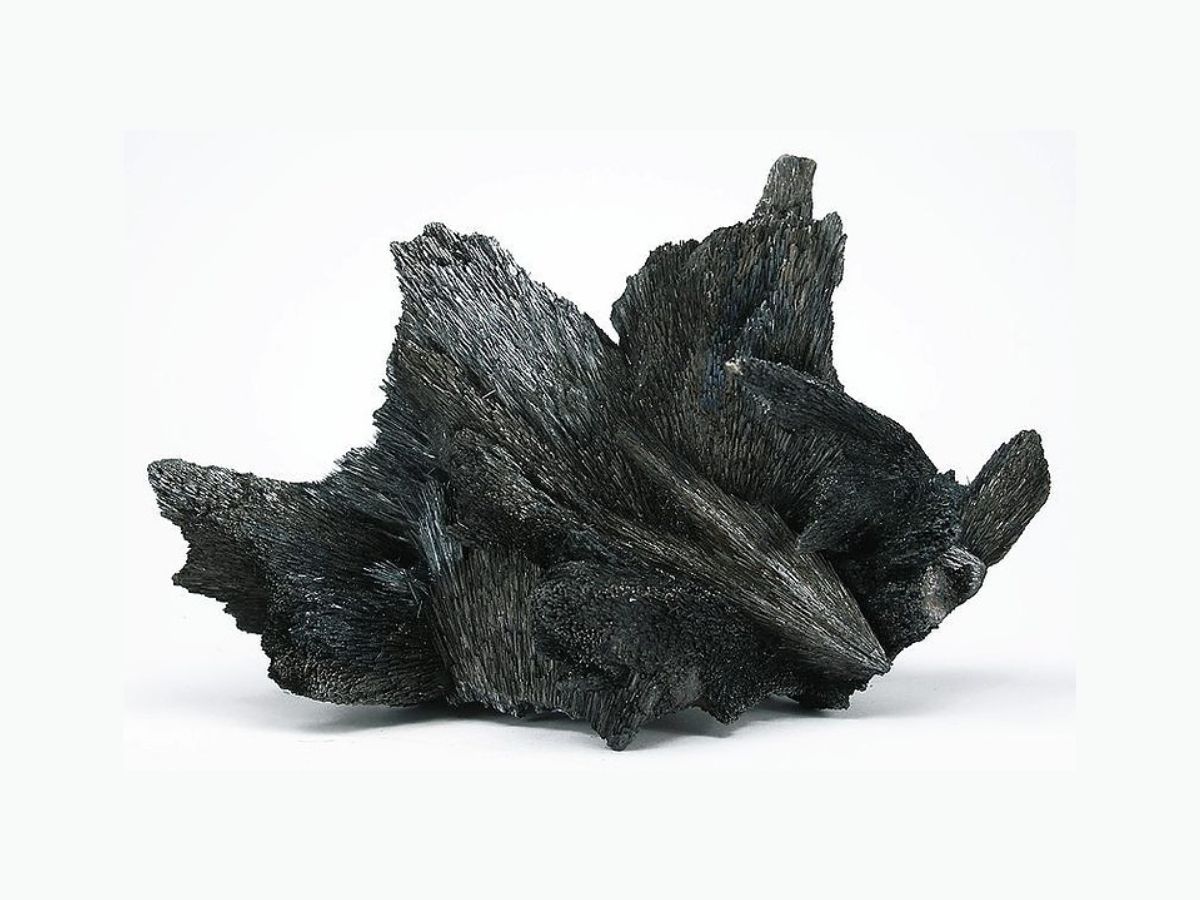
What is Samarium? Samarium, a rare earth element, holds the atomic number 62 on the periodic table. Named after the mineral samarskite, it boasts a silvery-white appearance. Why is Samarium important? This element plays a crucial role in various industries. From electronics to nuclear reactors, its applications are vast. Did you know? Samarium-cobalt magnets are among the strongest permanent magnets available. Where is it found? Mainly sourced from minerals like monazite and bastnäsite, samarium is extracted through complex processes. How is it used? Beyond magnets, it’s used in cancer treatment, infrared lasers, and even in glass manufacturing. Ready to learn more? Dive into these 40 fascinating facts about samarium!
Key Takeaways:
- Samarium, a rare earth metal, has unique properties and diverse uses, from strong magnets to cancer treatment. It was the first element named after a person and has interesting applications in technology and medicine.
- Despite its low abundance, samarium plays a significant role in various industries, including electronics, nuclear reactors, and infrared-absorbing glass. It is also used in cancer treatment and has fascinating properties for research in superconductivity.
What is Samarium?
Samarium is a fascinating element with a variety of uses and interesting properties. Let's dive into some intriguing facts about this rare earth metal.
-
Samarium is a chemical element with the symbol Sm and atomic number 62.
-
It belongs to the lanthanide series on the periodic table.
-
Paul-Émile Lecoq de Boisbaudran discovered samarium in 1879.
-
The element is named after the mineral samarskite, which in turn was named after the Russian mine official Vasily Samarsky-Bykhovets.
-
Samarium is a silvery-white metal that tarnishes slowly in air.
Physical and Chemical Properties
Samarium has unique physical and chemical properties that make it useful in various applications.
-
It has a melting point of 1,072°C (1,962°F).
-
The boiling point of samarium is 1,791°C (3,256°F).
-
Samarium has a density of 7.52 grams per cubic centimeter.
-
It is relatively hard and brittle.
-
Samarium is paramagnetic at room temperature, meaning it is weakly attracted by a magnetic field.
Uses of Samarium
Samarium has several important uses in modern technology and industry.
-
Samarium-cobalt magnets are one of the strongest types of permanent magnets available.
-
These magnets are used in headphones, guitar pickups, and small motors.
-
Samarium oxide is used in optical glass to absorb infrared light.
-
It is also used in catalysts for the dehydration and dehydrogenation of ethanol.
-
Samarium is used in nuclear reactors as a neutron absorber.
Samarium in Medicine
Samarium has applications in the medical field, particularly in cancer treatment.
-
Samarium-153 is a radioactive isotope used in radiotherapy to treat bone cancer.
-
It helps relieve pain in patients with bone metastases.
-
Samarium-153 is administered in the form of samarium lexidronam.
-
This treatment targets cancerous bone tissue while sparing healthy tissue.
-
Samarium-153 has a half-life of 46.3 hours.
Occurrence and Extraction
Samarium is not found freely in nature but is extracted from various minerals.
-
It is primarily obtained from monazite and bastnäsite ores.
-
China, USA, India, and Brazil are major producers of samarium.
-
The element is extracted through ion exchange and solvent extraction techniques.
-
Samarium is often found in association with other rare earth elements.
-
The global production of samarium is relatively small compared to other elements.
Environmental and Safety Aspects
Handling samarium requires certain precautions due to its chemical properties.
-
Samarium compounds are generally considered to have low toxicity.
-
However, inhalation of samarium dust can cause lung irritation.
-
Samarium does not play a known biological role in humans.
-
It is not considered a major environmental pollutant.
-
Proper storage and handling are necessary to prevent oxidation and corrosion.
Fun and Lesser-Known Facts
Here are some fun and lesser-known facts about samarium that might surprise you.
-
Samarium was the first element to be named after a person.
-
It is used in carbon-arc lighting for the motion picture industry.
-
Samarium can be used to create infrared-absorbing glass.
-
It is also used in phosphors for color television tubes.
-
Samarium has been used in research to study superconductivity.
-
The element can form alloys with other metals to improve their strength and durability.
-
Samarium is used in electronics for capacitors and resistors.
-
It can be used to dope calcium fluoride crystals for use in optical lasers.
-
Samarium is also used in ceramics to improve their thermal stability.
-
The element has a relatively low abundance in the Earth's crust, estimated at 0.0006% by weight.
Samarium's Fascinating World
Samarium, a rare earth element, packs a punch in various fields. From nuclear reactors to cancer treatments, its applications are vast and impactful. This silvery metal, discovered in 1879, has a unique ability to absorb neutrons, making it crucial in nuclear technology. Its magnetic properties are harnessed in permanent magnets, which are essential for everything from headphones to electric vehicles.
In medicine, samarium isotopes help treat bone cancer, providing relief to patients worldwide. Its role in electronics can't be overlooked either, as it improves the efficiency of capacitors and other components. Despite being relatively unknown, samarium's contributions to technology and health are undeniable.
Understanding samarium's diverse uses highlights the importance of rare earth elements in modern life. Next time you use a gadget or hear about cancer treatments, remember the silent hero, samarium, working behind the scenes.
Frequently Asked Questions
Was this page helpful?
Our commitment to delivering trustworthy and engaging content is at the heart of what we do. Each fact on our site is contributed by real users like you, bringing a wealth of diverse insights and information. To ensure the highest standards of accuracy and reliability, our dedicated editors meticulously review each submission. This process guarantees that the facts we share are not only fascinating but also credible. Trust in our commitment to quality and authenticity as you explore and learn with us.


